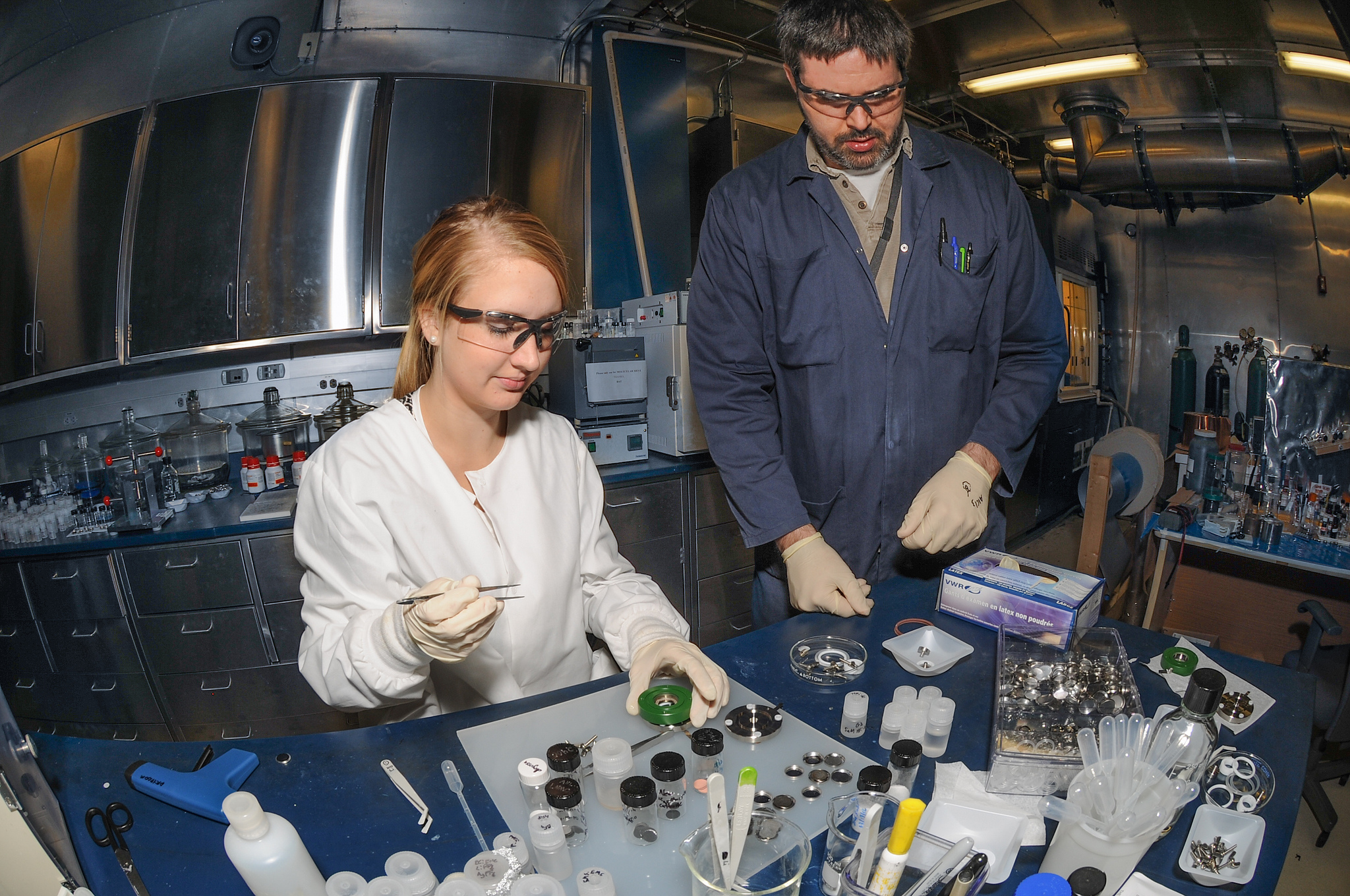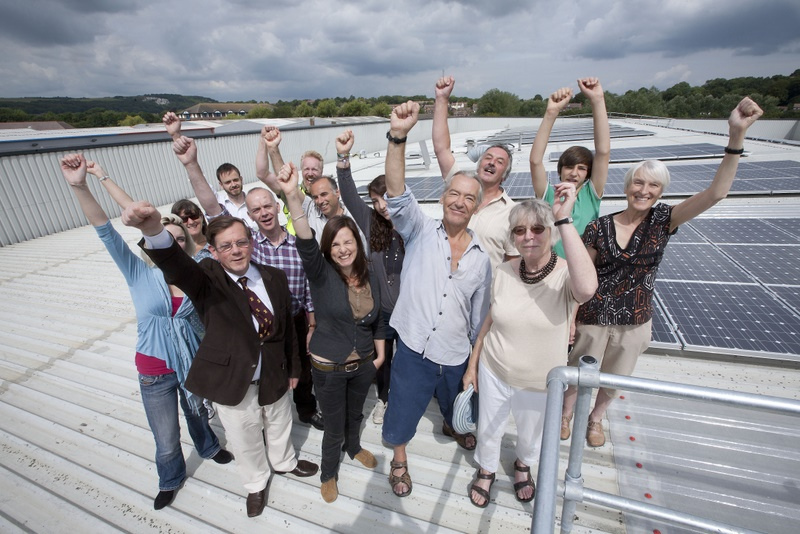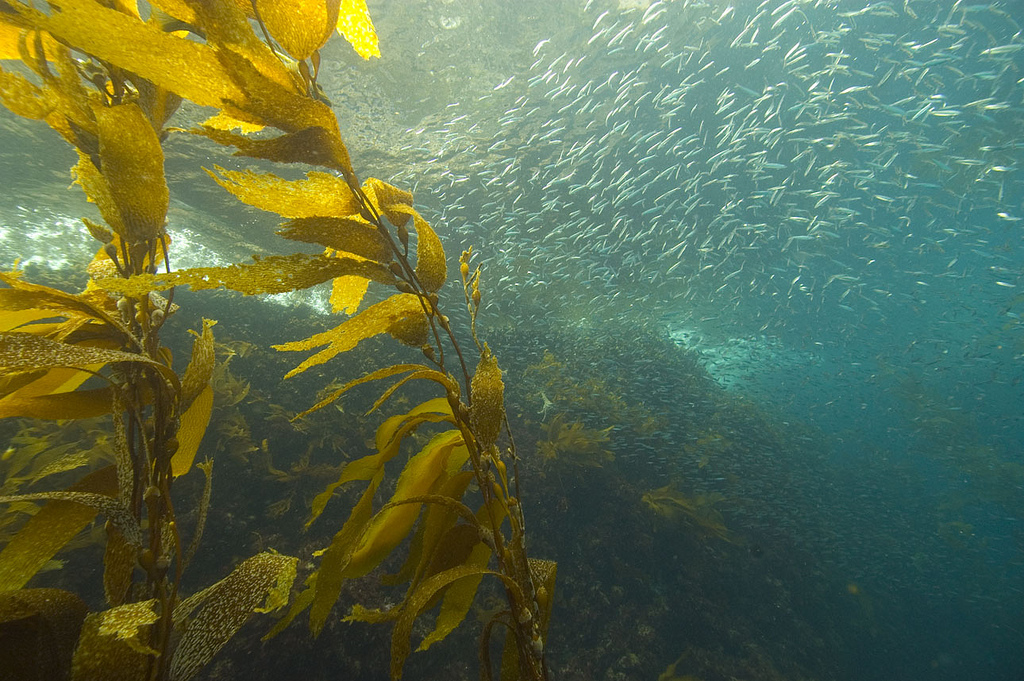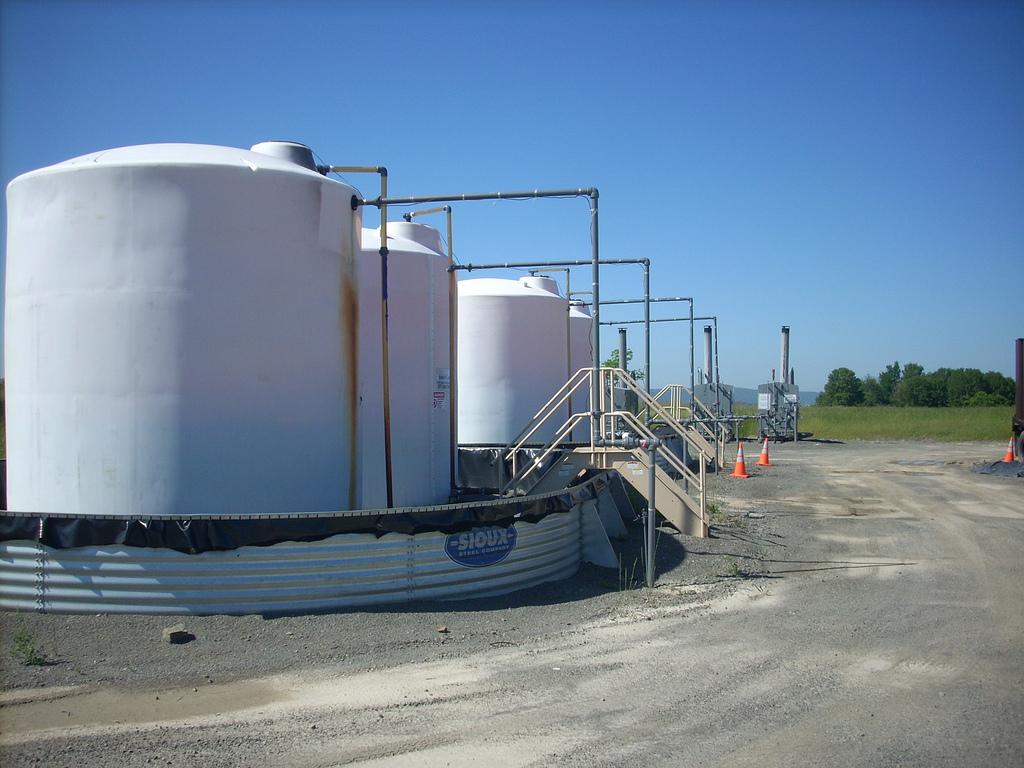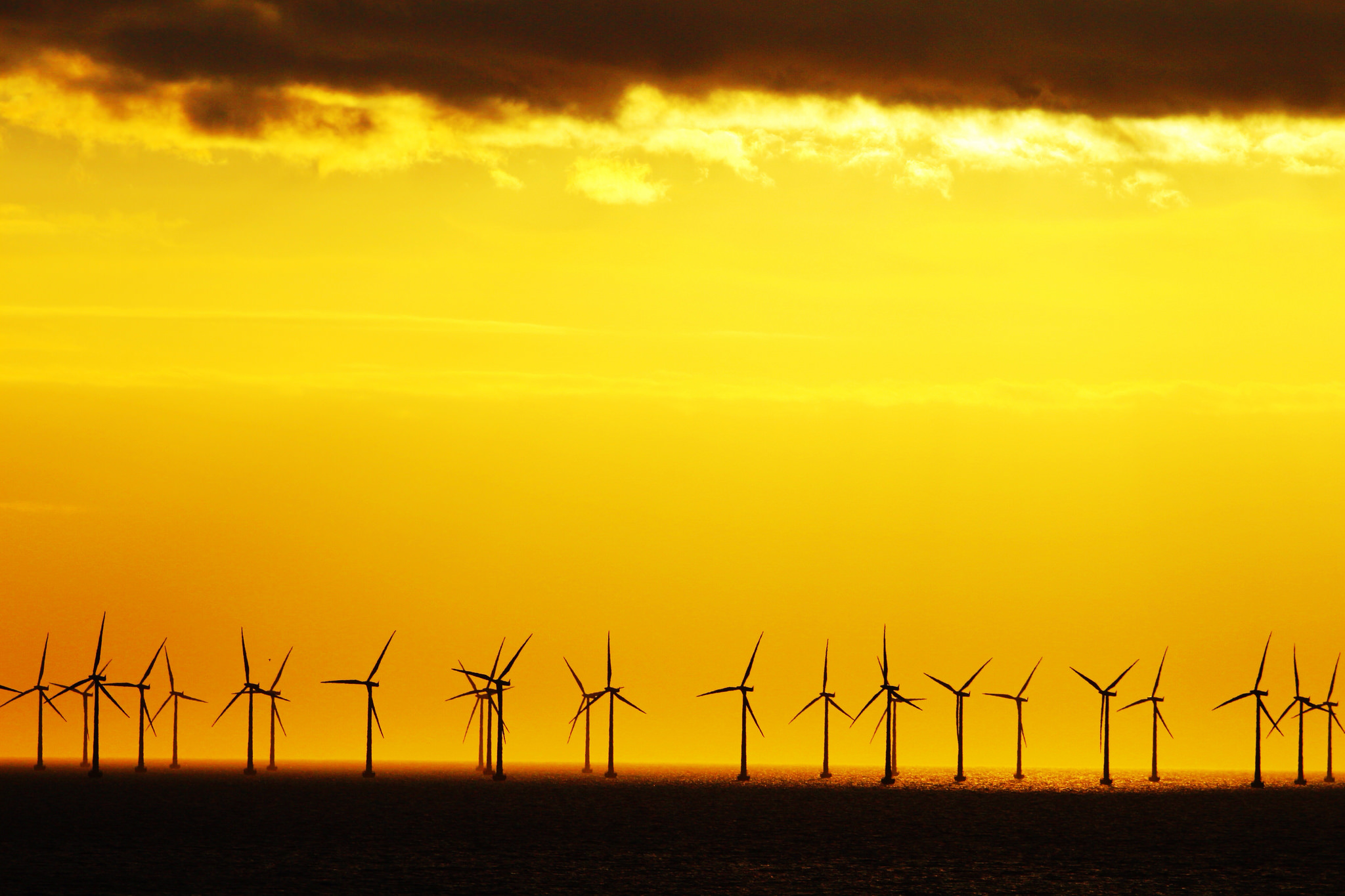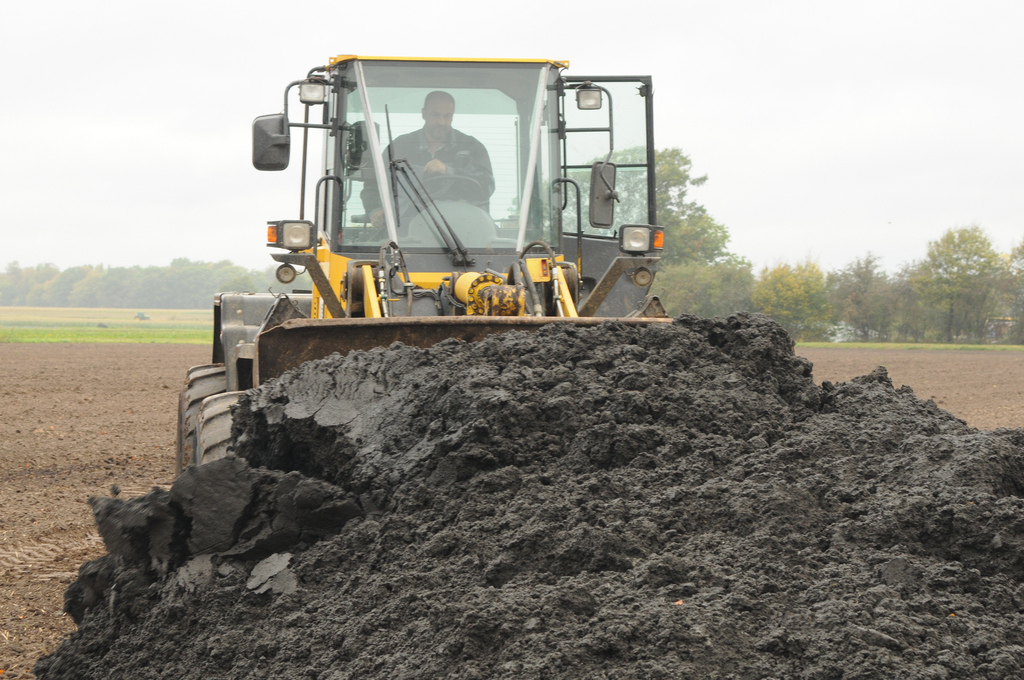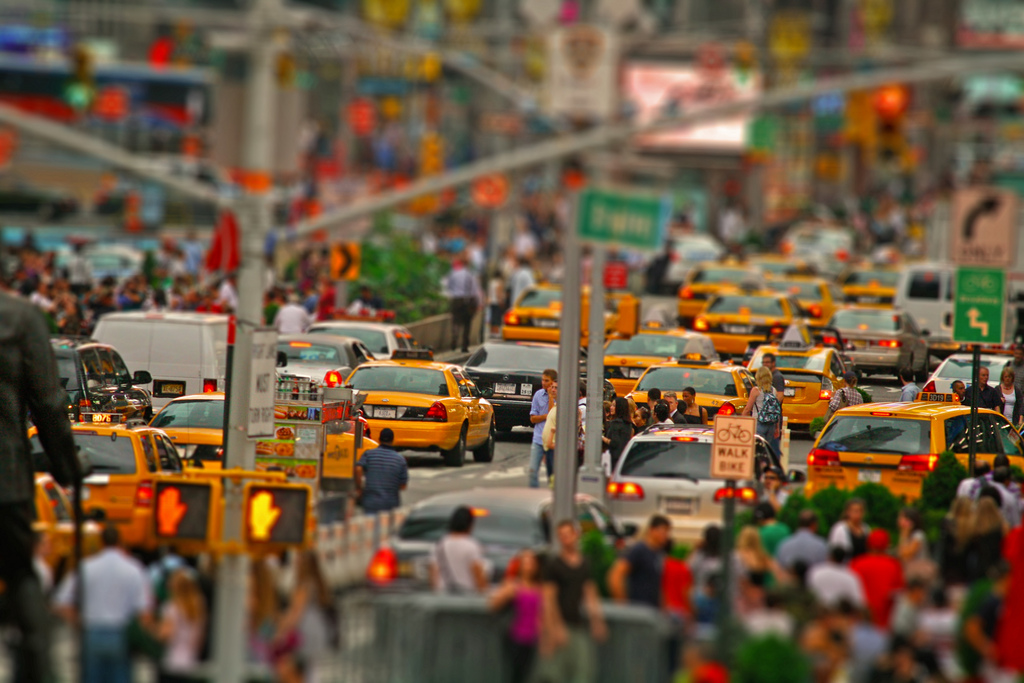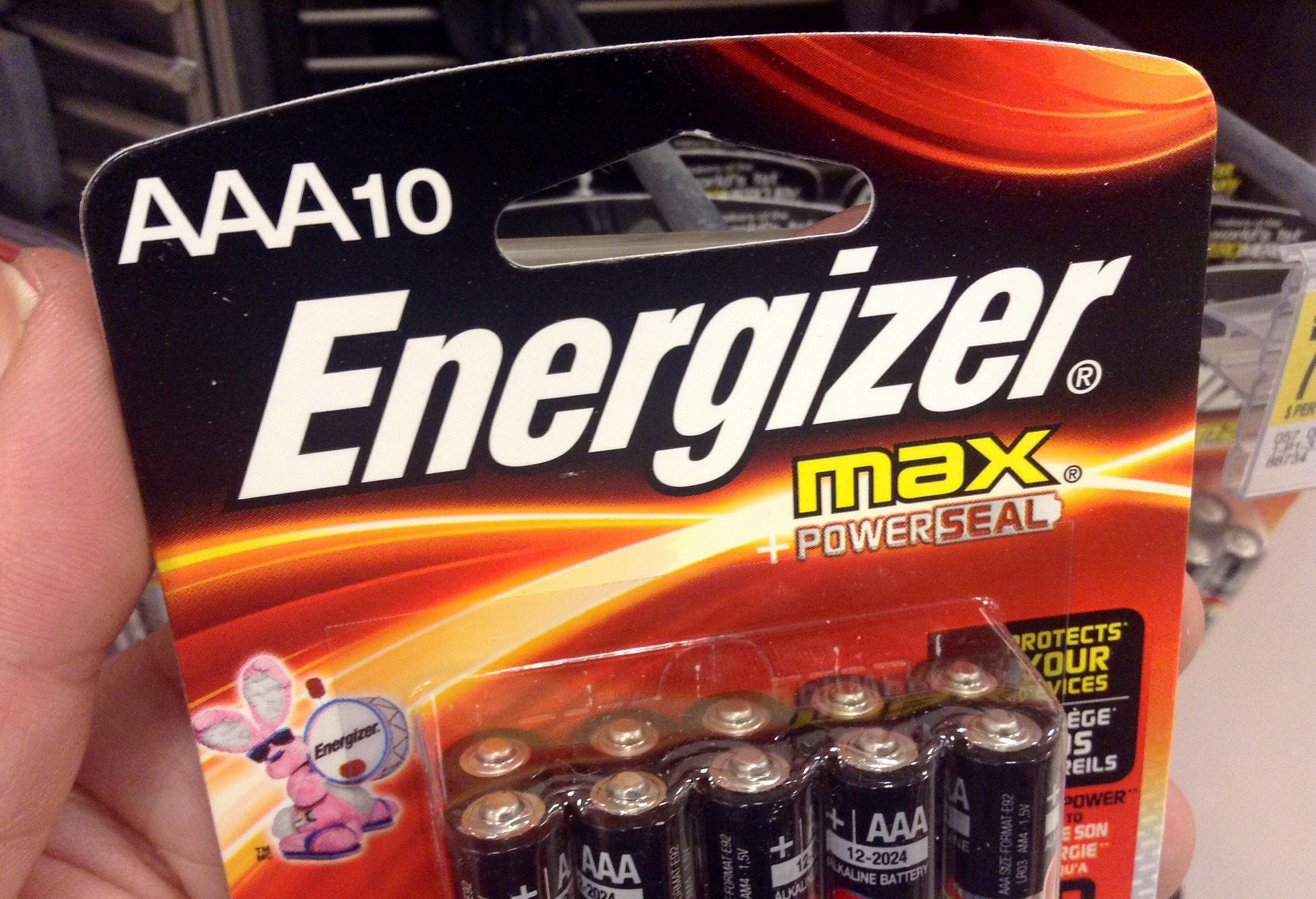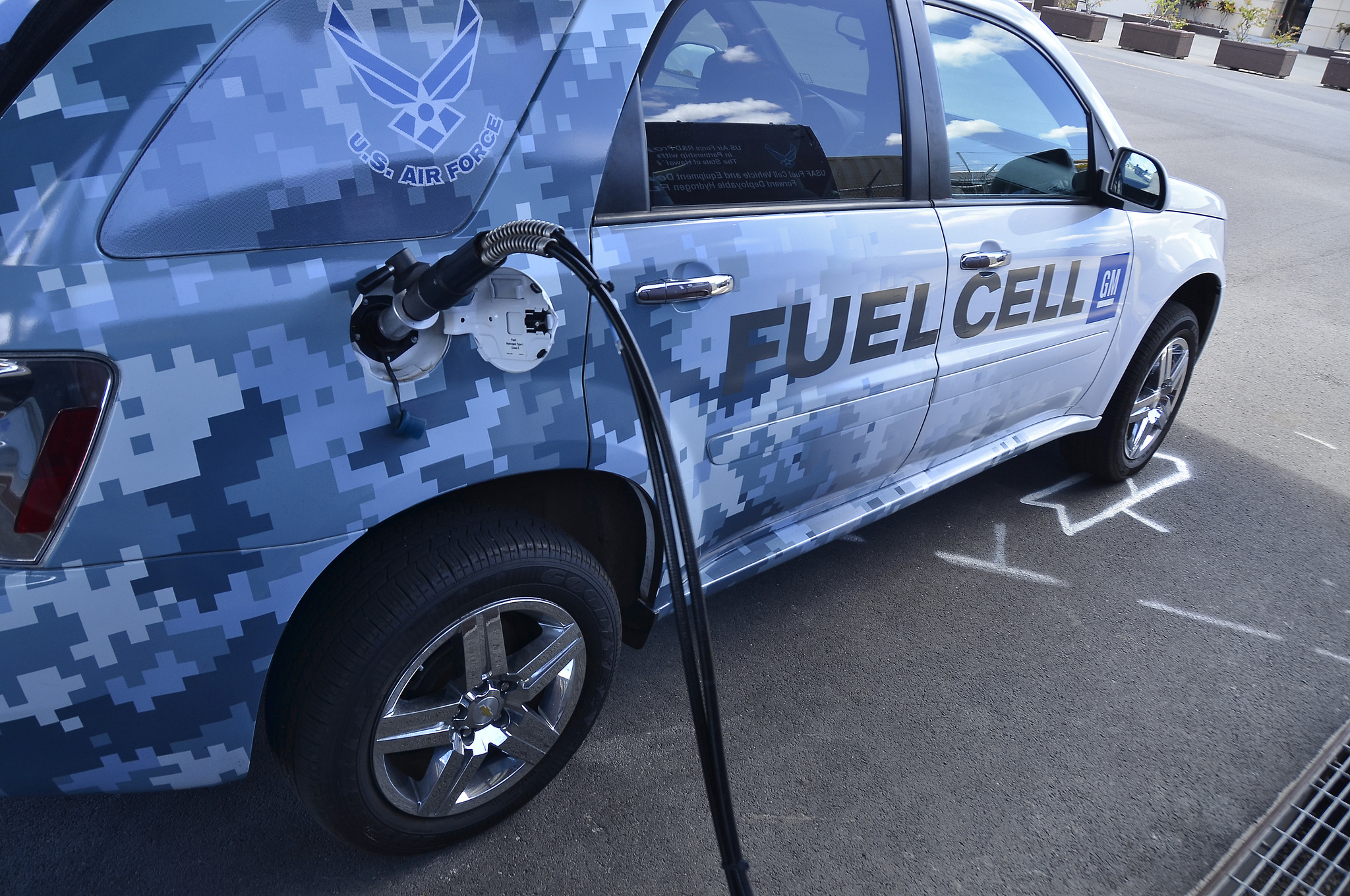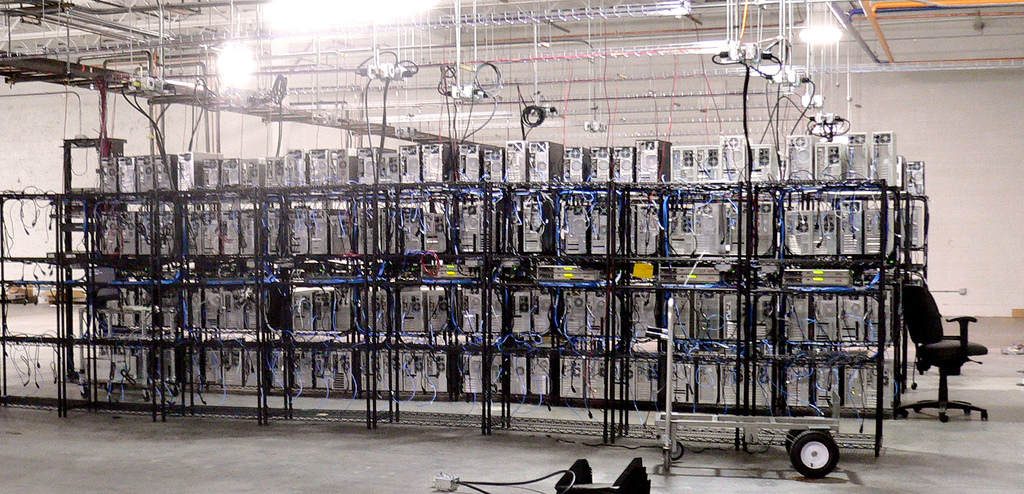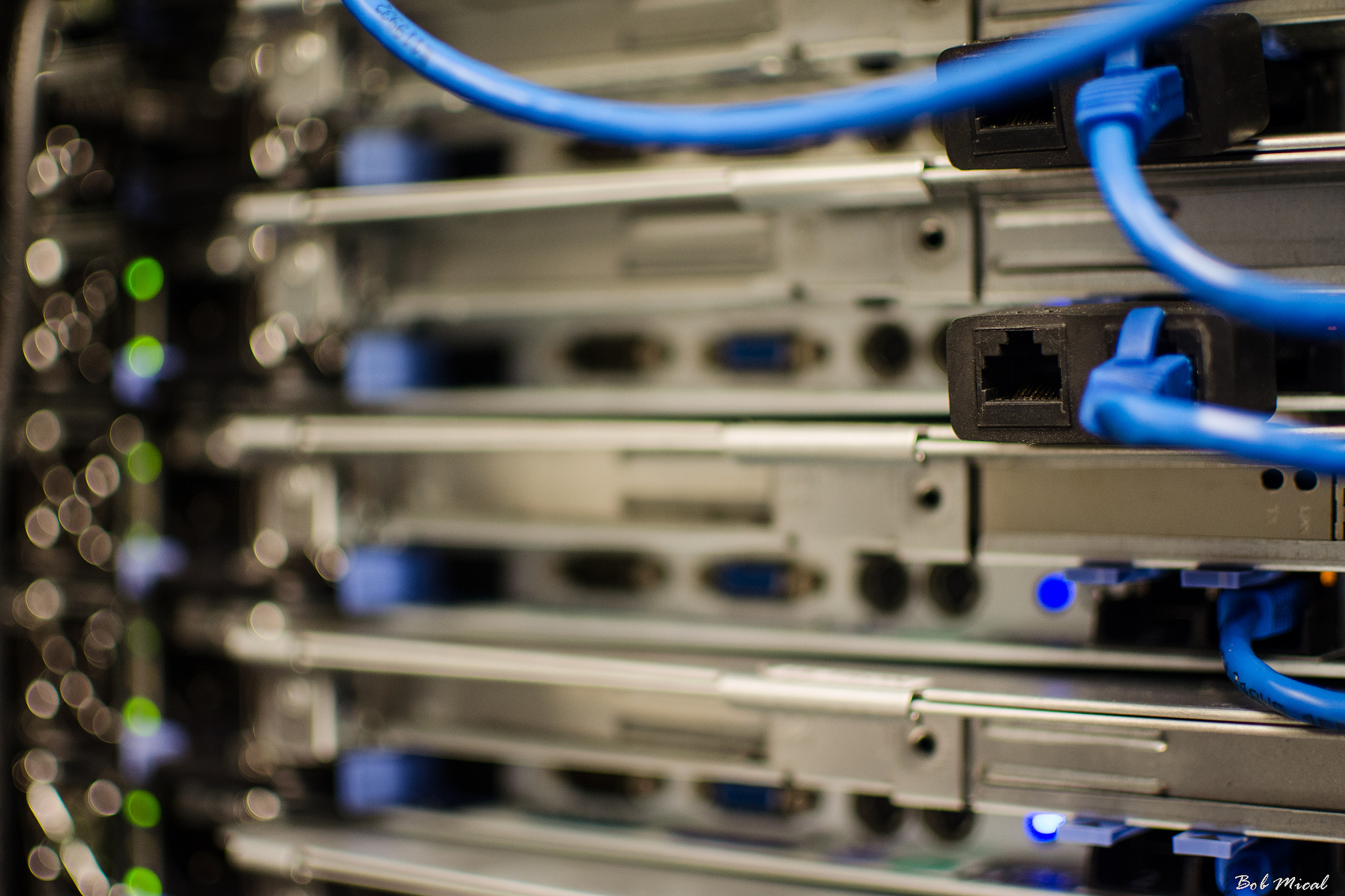Energy
A Boom In Energy Storage
Wind and solar power are growing by leaps and bounds. Both are playing an increasingly large role in the electricity grid. But as their roles increase, so does a troublesome vulnerability: utilities cannot control when the sun shines or the wind blows. So how can we become dependent on wind and solar power?
Increasing Solar Grid Parity
Oil prices have come down dramatically. Gasoline is suddenly cheaper than it has been in a long time. Historically, every time fossil fuels get cheaper for a while, people lose interest in alternatives like solar energy. That may be about to change.
Community Solar
There is no question that solar power is booming in the US. According to industry estimates, a new solar energy system is installed every 2 ½ minutes. Surveys indicate that that 9 out of 10 Americans want to make use of the sun’s energy.
Storing Wind Energy With Batteries
The growing use of solar and wind power is driving a growing need for large-scale energy storage technology. There are many ways to store energy ranging from pumping water into an elevated reservoir to storing compressed air in caverns to a wide range of battery technologies.
Fuel From Seaweed
Biofuel is considered to be a promising way to shift our energy needs to sustainable and climate-neutral sources. Replacing petroleum with fuels made from crops or other plants basically recycles CO2. The plants absorb it as they grow and release it when they are burned.
Bats And Wind Turbines
Large numbers of bats are being found dead beneath wind turbines, leading researchers to believe they may be mistaking the turbines for trees.
Will Natural Gas Help Reduce Carbon Emissions?
The US is in the midst of a transition from depending upon coal for generating electricity to the use of natural gas instead. This has been driven in great part by the boom in shale gas and the widespread use of fracking technology.
[Read more…] about Will Natural Gas Help Reduce Carbon Emissions?
Caves full of energy
Wind power is getting cheaper all the time and wind farms are getting bigger. In southeast Wyoming, there is a plan to build a 2.1 gigawatt wind farm, the largest yet in the US. California, which has mandated that at least 1/3 of its power come from renewable sources, represents a huge market for the output of the wind farm.
Valuable sludge
This summer, the world’s largest working advanced sludge digestion plant opened in Manchester, UK and it showed that the power-hungry process of treating waste can be self-sufficient in terms of energy use. The Davyhulme facility handles the sewage of 1.2 million people and it can actually export surplus power to the U.K. grid.
How green are electric cars?
Cars that run on electricity instead of gasoline have some important environmental advantages, not the least of which is that they don’t have exhaust pipes emitting greenhouse gases and other forms of pollution. But the electricity they run on has to come from somewhere and greenhouse gas emissions are often involved in generating electricity.
Ethanol from corn waste
Corn ethanol comprises 10% of the US gasoline market as a result of federal mandates. This heavily subsidized product consumes billions of bushels of corn each year. While originally touted as beneficial to the environment and to the economy, corn ethanol has proven to be highly controversial. Corn ethanol production has come under attack for its energy efficiency, environmental impact, and effects on land use.
Sharing a cab
If you have ever been stuck in bumper-to-bumper traffic in New York City – and if you have ever been to New York City, you surely have – you probably noticed that a large percentage of the cars on the road are taxis. In fact, New York has over 13,000 cabs on its streets.
The hydrogen economy
Many automakers believe that the ultimate replacement for gasoline power will be hydrogen fuel cells. In order for this to come about, production of hydrogen will need to be economical and energy efficient.
How safe is hydrogen?
